Hidden in the eastern highlands, Tecapa Volcano in El Salvador is a stunning natural destination. The area offers incredible hiking opportunities, breathtaking views, and the chance to visit the emerald-green Laguna de Alegría. This adventure isn’t complete without exploring the nearby villages of Alegría and Berlín. Both has its own charm and cultural appeal. Whether you’re trekking through volcanic landscapes, relaxing in a colourful mountain town, or sipping fresh coffee in a traditional café, this trip promises an unforgettable experience in one of El Salvador’s lesser-visited areas.
Tecapa volcano
Tecapa Volcano in El Salvador is part of the Sierra Tecapa-Chinameca volcanic chain. The volcano is located in the municipality of Alegría, department of Usulután. In Nahuat language the name of Tecapa means “Lagoon of stones.” Tecapa stands at 1593 meters (5,226 feet) above sea level and it is a complex stratovolcano. Typically, these types of volcanoes have a conical shape. Besides, these are built up by many alternating layers of lava and tephra (fragmental material produced by a volcanic eruption), which are usually mixed and uneven. Some of these types of volcanoes have collapsed summit craters called calderas.
Hiking near Tecapa volcano
I mainly focused on exploring the stunning Laguna de Alegría when I visited Tecapa volcano. However, I discovered that the area also offers hiking opportunities for those looking to explore further. Although, I haven’t personally done these hikes, they seem like a great way to experience more of the volcanic landscapes and lush coffee plantations that make this region special. Some hiking options include:
- Summit hike: a trail leading to the top of Tecapa Volcano. There hikers are rewarded with panoramic views of the surrounding countryside. On clear days, they can even have a glimpse of the Pacific Ocean.
- Coffee plantation trails: some paths wind through local coffee farms. This offers a unique opportunity to enjoy scenic landscapes while learning about El Salvador’s rich coffee culture.
- Mirador de Alegría: a viewpoint overlooking the crater lake. Breathtaking aerial views of Laguna de Alegría and its vibrant green waters are your rewards making this hike.
Since these hikes may not be well-marked, it is best to ask locals for directions or hire a guide in the nearby towns of Alegría or Berlín. If you have done any of these hikes, I would love to hear about your experience in the comments!
Laguna de Alegría
Tecapa volcano in El Salvador is considered dormant and has been stable for a long time ago. However, it is still geothermally active and is surrounded by hot springs and fumaroles. The crater lake is called Laguna de Alegría and this site attract a lot of people. Furthermore, it is also known as “America’s Emerald”, due to its greenish waters.
The crater lake, the Laguna de Alegría is approximately 600 m wide and lies about 300 m below the summit. Like many crater lakes in Central America, its water has an elevated acid level and high concentrations of minerals and other elements. The warning signs don’t deter some people to take advantage of its high sulfur level. Still, some visitors take a dip in the waters and cover themselves in sulfur. It is locally considered to be medicinal and beneficial for the skin and health.
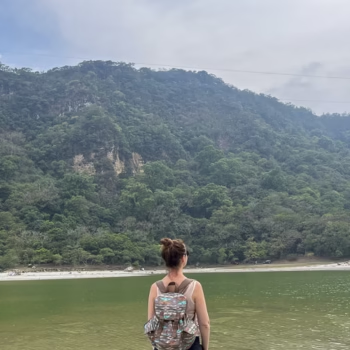
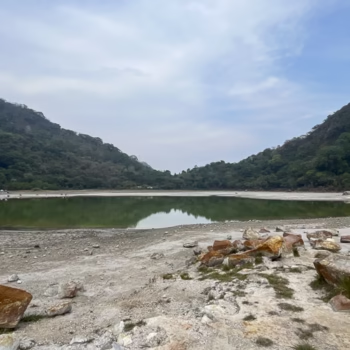
According to a local legend, a mystical mermaid lives in the lake. The mermaid lures and pulls men into the depths, who dare to swim in its waters. This adds a magical folklore touch to this natural wonder.
We drove to the volcano, it took about two hours to get there from San Salvador. You can drive up until the crater lake, and you can drive around the lagoon.
Alegría
In the mid-17th century, Pipil groups founded the city of Tecapa in the Chinameca Mountains. At the beginning of the 19th century, priest José Miguel Alegría arrived in the town of Tecapa. He founded a school of philosophy there and was a notable professor. In recognition of the work of the priest, the Legislative Assembly changed the name of Tecapa to the city of Alegría on February 17 in 1891.
Alegría is a small, colourful mountain town with habitants around 12.000 people. It is known for its cool climate, lush gardens, and charming atmosphere, at over 1,200 meters (3,937 feet) above sea level.
One of the things you can do in the town is visit the main square, which is a peaceful place surrounded by colonial-style buildings. Besides, you can visit the picturesque church, the Iglesia San Pedro Apostol de Alegria.
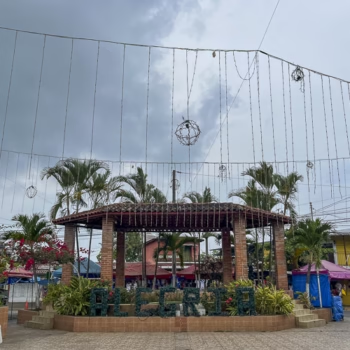

Don’t miss the “El Mirador de las Cien Grades”, it means The Viewpoint of the 100 steps in English. The steps are painted to different colours and patterns, that make your journey up to the top more fun. At the viewpoint you can enjoy the mild climate and take stunning pictures of the area.

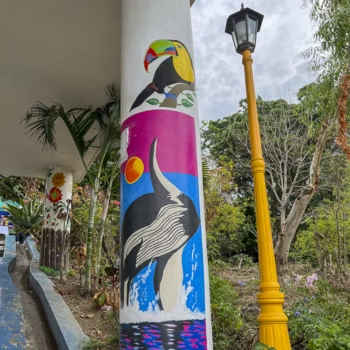
You can find a lot of souvenirs in Alegría, e.g. T-shirts with the photo of the prime minister, Bukele. You can buy these in handicraft stores in the town center. Another option is to take a beautiful ornamental plant from one of the local nurseries whose specialisation is tropical flowers.
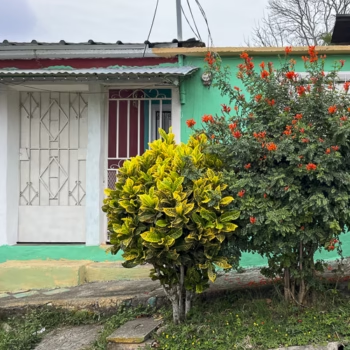
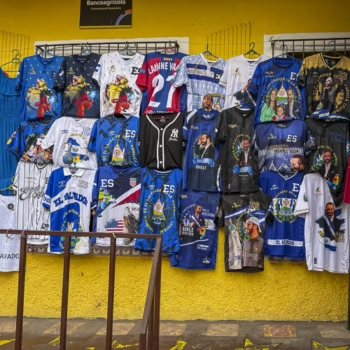
If you want to eat, drink a coffee or hot chocolate, or stay in Alegría, try the Hostal y Café Entre Piedras. It is a budget-friendly hostel with a rustic, artistic vibe and has a cozy café with a beautiful garden setting. Also, it is great for breakfast or a relaxing coffee break.
Berlín
The city of Berlín was founded in 1885 by the inhabitants of previously known as “Gramalón” Valley or “Agua Caliente” Valley and by a German man. Serafin Brennen, the German guy survived a shipwreck along the Salvadoran coast and arrived there to establish himself. Over the years, he became a great influence in the village. Consequently, this allowed him to suggest changing the name of the city to Berlín, the capital of Germany.
Berlín is another charming mountain town near Tecapa Volcano, with a population of around 18.000 inhabitants. It has a cool climate due to its altitude of 1023 meters (3356 feet) above sea level.
The most popular landmarks in Berlín are the main park and the church of San José. The Catholic church was built in 1897 and remodeled in 1947.

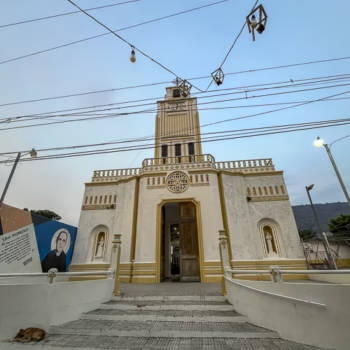
This picturesque town is known for its stunning views, and local markets, coffee plantations and it still has a lot of old European-influenced houses.
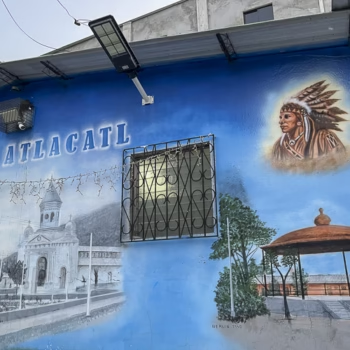
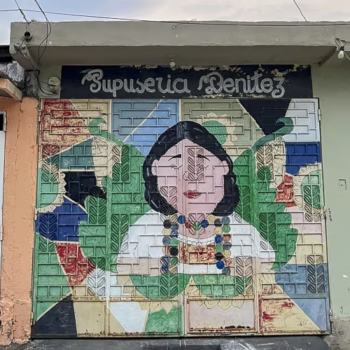
Berlín is a major coffee-growing area, most of the areas surrounding the city are coffee farms. It has been dependent on coffee since its foundation and the cultivation of coffee led to economic development. Coffee plays a large part of its tourism: you can take a coffee tour and learn how high-altitude beans are harvested and processed. Unfortunately, we didn’t have enough time to visit a coffee plantation and to do a hike.
Conclusion
Exploring Tecapa Volcano, Laguna de Alegría, and the villages of Alegría and Berlín in El Salvador offers a perfect mix of adventure, nature, and local culture. Whether you’re hiking to the crater lake, strolling through flower markets, or sipping fresh coffee in a mountainside café, this region of El Salvador provides an authentic and peaceful retreat from the busier tourist spots. For those seeking hidden gems, scenic landscapes, and cultural experiences, Tecapa volcano and its surroundings are a must-visit destination.



